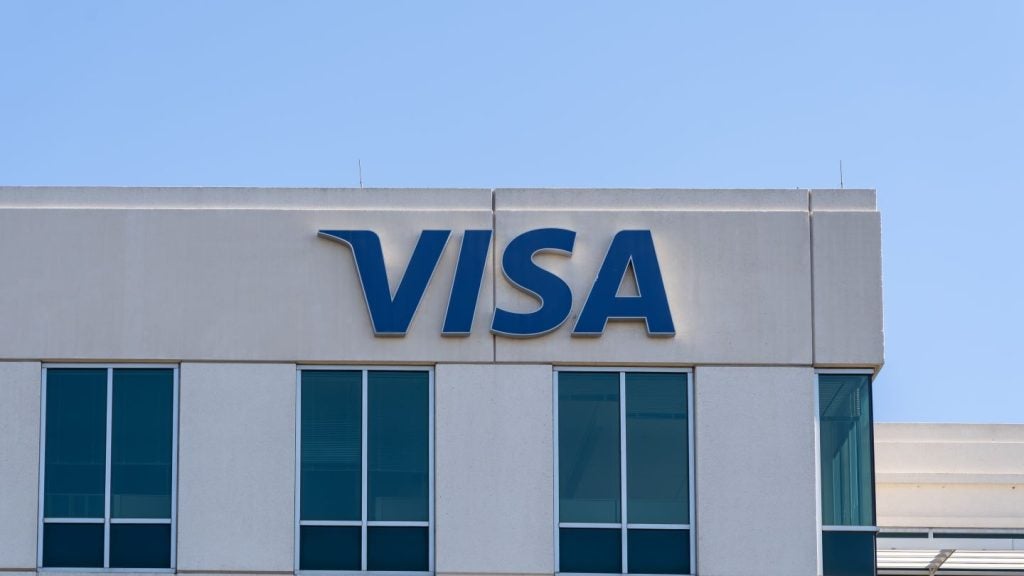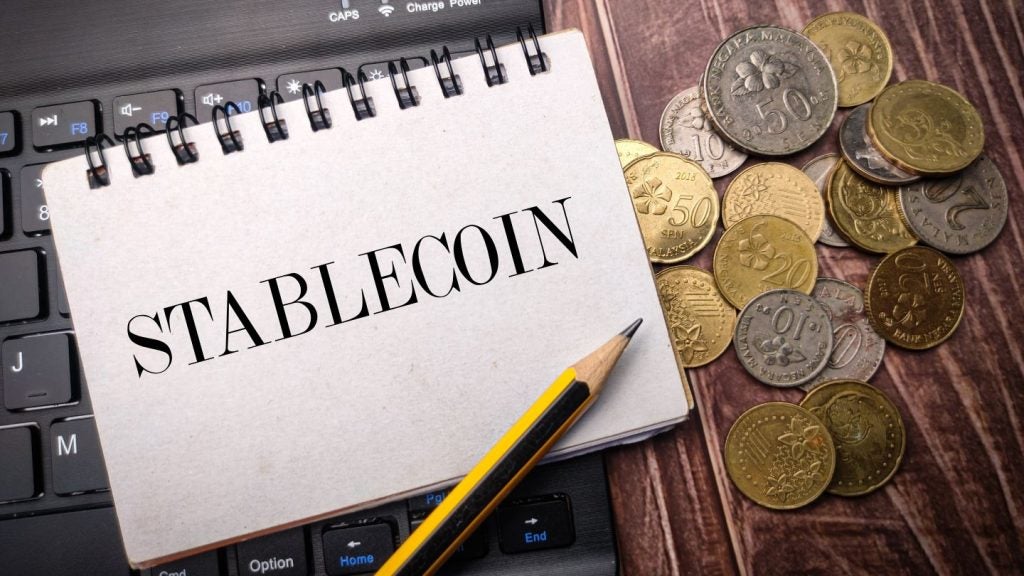Growing in volumes and values every year, remittances seem crisis-proof. But many, including the G8 and the World Bank, believe that reduced costs can help to grow profits in the sector and also set fairer conditions for migrant workers who remit money back home. Carlos Martin Tornero reports
Despite the ongoing economic turmoil, remittances grew to $501bn in 2011 worldwide. According to the World Bank Migration and Development Brief published in April, that figure is expected to grow to $615bn by 2014.
The lion’s share of cross-border payments results from earnings generated in high income areas as migrant workers send part of their wages back home.
The World Bank reports that developing countries received $372bn in 2011, around 12% more than the previous year. Moreover, remittances are expected to grow by around 8% over the next two years, reaching $467bn by 2014.
Many of the developed and rapidly developing countries that host migrant workers suffered a large exposure to the financial crisis. Their economies suffered stagnation and higher unemployment rates, but the traffic of remittances continues to grow at a steady pace.
According to the World Bank, remittances have proven more resilient than any other financial inflow, mainly because migrants have always found a way to keep sending money back to their families.
To put things into perspective, these cross-border payments could be considered as ‘umbilical cords’ which create an effect similar to foreign aid in international relations.
In some low-income countries, remittance inflow might be small in absolute terms; however, when considered as a share of GDP, the whole economy of a country could depend on this flow of money. That is the case in Tajikistan or Lesotho, for example, where the transfers from expatriates can amount to 30% of the country’s GDP.
Golden corridors
India and China rank at the top of recipient countries in 2011, with estimated flows of $64bn and $62bn respectively. Mexico ($24bn) and the Philippines ($23bn) follow these two countries, and represent a major chunk of total worldwide remittance transfers.

The corridor with the highest volume is the US to Mexico, with around 92.5% of remittances coming from Mexicans working north of the border. Filipino expatriates in the US sent almost half (43%) of the total $23bn received by their home country last year. Equally remarkable is that some 19% of India’s and China’s remittances were sent from the US.
Another corridor growing in importance is the UAE to India. The gulf’s oil and construction industries employ a large Indian workforce whose remittances amount to some 21.5% of total transfers between the two countries.
The Indian diaspora in Saudi Arabia and the UK contributed around 8% and 6% respectively, and created two important corridors through which remittances are channeled into the country.
The 5 by 5 objective
In 2009 the G8 proposed reducing the global average costs of transferring remittances from 10% to 5% within five years. Known as the ‘5 by 5’ objective, the reduction is aimed at saving $15bn annually for recipient countries.
The underlying principle of the 5 by 5 objective is not narrowing down the margins received by money transfer operators. On the contrary, 5 by 5 is aimed at creating a more efficient market. Certainly, the 5 by 5 objective represents a collective effort to lighten bureaucracy and the regulatory environment, making the sector more competitive.
According to the World Bank’s Remittances Prices Worldwide database, the simple average costs at the global level decreased between 2008 and 2010. But since then the World Bank has noticed an upward trend. Nonetheless, weighted by bilateral flows, the average cost decreased from 8.8% in 2008 to 7.3% in the third quarter of 2011.
Chris Gerrard from Developing Markets Associates (DMA), who has managed remittances projects such as the World Bank’s ongoing global remittance prices database, says the proposed 5 by 5 reduction is an approximation.
“There are many aspects to be taken into account,” he notes. “For instance, a lot of the research is weighted. You might be looking at market prices of a country such as Germany where there are fewer options for those looking to remit money out than there are in the UK, for instance.
“You would be collecting prices from Western Union or MoneyGram but also from German bank accounts which are often more expensive, and probably not widely used by the migrant communities sending low-level remittances.”

Banks charge an average of 12%, compared to the 9% fee levied by money-transfer agents, according to data from the World Bank.
The two largest global remittance specialist handle $100bn between them every year. Of that, Western Union processes $80bn, and MoneyGram about $20bn.
Hawalla – the black market
The DMA’s Gerrard says that much of 5 by 5’s spirit stemmed from the UN’s Millennium Development Goals, which aimed to tackle global poverty by 2015. However the data available on remittance flows does not reflect the unofficial market, commonly known as the hawalla.
This Arabic term describes an informal agreement between the sender, a broker and the recipient of the money transfer. These unofficial channels are often the choice of the most vulnerable migrant workers who want to avoid the expensive fees attached to transactions in the regulated system.
Gerrard argues the 5 by 5 objective might help to attract remittance flows from the hawalla. “You can argue on some level that a more competitive market helps everyone. If prices come down in the regulated market, then in theory the regulated market becomes busier and there would be less traffic going through the hawalla,” he says.
Increasing transparency is, says Gerrard, another aim of the 5 by 5 initiative, and one shared by the EU’s Payment Services Directive (PSD).
“It is still the case that some money transfer operators or banks would be able to tell you the fee that you are paying but not the exchange rate that you are paying,” he says. “As such, the sender is not able to ascertain the true cost of the transfer.”
Mobile remittance
The development of mobile commerce poses the question of whether mobile remittances can drive down prices in the cross-border payments. Certainly, mobile channels represent cost reductions in terms of staffing, office space and cash-handling security costs.
A report by Juniper Research forecasts that around $55bn in international remittances will be sent using mobile devices by 2016, up from just $12bn in 2011. But the business case for mobile remittances goes beyond the money-transfer operators.
Diarmuid Mallon, head of product marketing for SAP subsidiary Sybase 365, which provides software solutions for m-commerce, says mobile remittance is still a relatively untapped market worth exploring.
He says there are already mobile remittance services in most markets, but many are based on sending large sums of money.
The phenomenon of remittances presents three faces, Mallon explains:
- Paying people, such as relatives or friends, who lend the migrant worker the money to go abroad;
- Sending money to the family that was left behind;
- Enabling the worker to save money to return home.
The three faces that Mallon describes encourage different service models. The mobile phone will become an essential tool in the first two, he says. Therefore, as Mallon points out, it seems a natural proposition to use the same device to send money.
Behind the scenes
Mallon says many of the firms Sybase 365 works with have started to think more strategically in an attempt to promote interoperability between their companies.
Axiata Group, owner of Malaysian mobile operator Celcom, has deployed a mobile commerce hub for the different operator companies across the group, rather than building up mobile remittance solutions country by country.
More recently, Sybase 365 has partnered with Telefónica to provide its global mobile wallet services. At the heart of this project, Mallon says, is the concept of mobile wallets that will work everywhere.
“If you look at Telefonica’s footprint in both Western Europe and Latin America, they already span a strong remittance corridor,” he says.
The first mile and the last
Luup, a mobile payment and financial service solution provider, launched its mobile payments platform in September last year. Luup’s platform covers the whole range of m-payments including corporate payments, branchless banking, mobile banking, P2P payments and mobile international remittances.
Luup CEO Martin Wilson says the technology is aimed at addressing what he calls the first mile and the last mile of remittances – in other words, the process of how remittances get in and out of a mobile payment system.
Luup is powering a solution for the National Bank of Abu Dhabi (NBAD) that allows workers in the UAE to receive their wages via a mobile wallet and send account-to- account remittances to India in real time.
The real-time service is available for recipients who have an account with the Federal Bank of India. If they have an account with other bank, then the money transfer is placed in the Indian clearing network and it is available within 24 hours.
Wilson says they have managed to remove many steps from the process and reduce the cost of the transaction in line with the 5 by 5 initiative. The service allows both NBAD and non-NBAD customers to send remittances to bank accounts in India at a fee of AED12, which Wilson stresses “is at least 20% cheaper than the market rate”.
“The 5 by 5 objective is a great initiative,” Wilson says. “A good start, but quite modest at the same time.
“What has been fascinating for many years is the way banks and financial institutions have not really got involved in international remittances. It’s not their core business.”
And that lack of interest shown by the banks has not helped the consumer market. Low competition has led to laborious, manual and expensive processes.
Wilson concludes: “How can we make this more efficient, securer, more reliable, faster and cheaper for the end user? The answer must be – use the mobile phone networks.”








